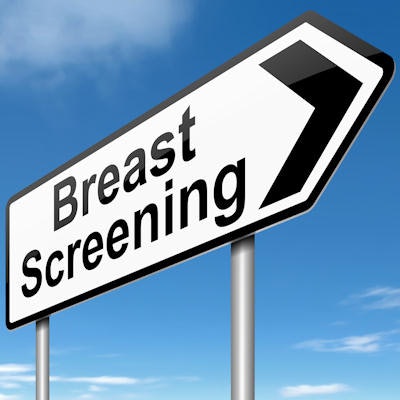
More women of color in the U.S. are diagnosed with breast cancer when they're younger than 50, compared with their white counterparts, according to a study published online March 7 in JAMA Surgery. The results suggest that age-based screening guidelines that don't take race into account may result in missed cancers.
What's more, the research team from Massachusetts General Hospital found that a higher proportion of black and Hispanic patients presented with advanced disease, compared with white or Asian patients.
The U.S. population is changing, and this must be taken into consideration in the healthcare arena, the researchers noted: In fact, by 2050, most of the U.S. population will be composed of people now considered racial or ethnic minorities.
"With this change in population distribution, consideration should be given to adjusting breast cancer screening guidelines," wrote corresponding author David C. Chang, PhD, and colleagues. "Age-based screening guidelines that do not account for race may adversely affect nonwhite populations in the U.S."
Underscreening of nonwhite patients?
The U.S. Preventive Services Task Force (USPSTF) currently recommends that breast cancer screening in patients at average risk start at age 50 and continue biennially. But these guidelines are based on data taken from populations of white women and may not apply to other groups, according to the researchers.
"[The USPSTF] guidelines may not be sensitive to racial differences and may be inappropriately extrapolating data from largely white populations for use in racially diverse populations," the group wrote. "This process could result in the underscreening of nonwhite female patients."
For their study, Chang and colleagues used Surveillance, Epidemiology, and End Results (SEER) Program data from between 1973 and 2010 for 747,763 women with breast cancer. The racial composition of the cohort consisted of the following:
- 77% white
- 9.3% black
- 7% Hispanic
- 6.2% Asian
The median age at diagnosis was 59 years for white women, 56 years for black women, 55 years for Hispanic women, and 56 years for Asian women. However, a higher proportion of women of color were diagnosed with breast cancer when they were younger than 50, compared with white women (p < 0.001).
| Women younger than 50 diagnosed with breast cancer, by racial category | |
| Race | Proportion of women diagnosed |
| Asian | 32.8% |
| Black | 31% |
| Hispanic | 34.9% |
| White | 23.6% |
The researchers also found that a higher proportion of black and Hispanic patients (46.6% and 42.9%, respectively) presented with advanced disease than their white or Asian peers (37.1% and 35.6%) (p < 0.001).
Lowering screening ages
To catch the same number of early cancers in women of color as are caught in white women under the current USPSTF guidelines, initial screening ages would need to be decreased to 47 years for black and Asian women and 46 years for Hispanic women, according to Chang and colleagues.
"We found two distinct distribution patterns of age at diagnosis for female breast cancers: White patients peak in their 60s, whereas nonwhite patients peak in their 40s," the researchers wrote. "Our finding challenges established norms with regard to screening practices and provides empirical evidence that race-based screening should be considered."
They acknowledged the concern that lowering the starting age for breast cancer screening in particular populations of women could lead to overdiagnosis, overtreatment, and increased healthcare costs -- and noted that careful consideration would be important.
"We recommend selective increases in screening among nonwhite persons, not blanket increases across the entire population," the group wrote.
Sensitive science
Culturally sensitive healthcare begins with culturally sensitive science, according to Chang and colleagues.
"We should constantly examine whether scientific findings can be generalized from the majority population to minority populations," they concluded. "Future clinical research should incorporate analytic techniques that will determine generalizability across population groups."




















